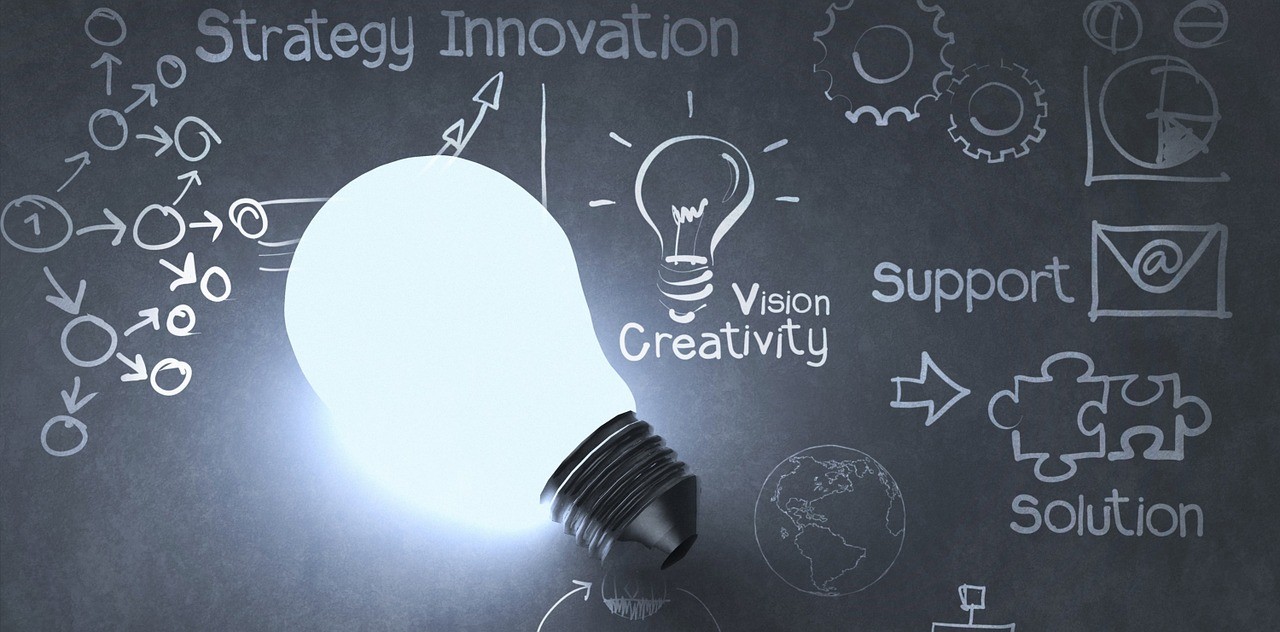Education strives to do is encourage creativity in people, both intellectually and on a broader, more fundamental level. Technology is defined as the application of a science or the study of a certain craft or ability. Multiple meanings emerge when the two words “Educational” and “Technology” are combined. Examining the many meanings of these two phrases when combined is one of the finest methods to shed light on its core principles.
One approach is to consider the use of technology in educational settings. For the aim of teaching, one is either equipped with technical tools or technological gadgets such as computers. The engagement of many scientific concepts in the area of education is the second approach to comprehend varieties of educational technology. The final way to think about the two words is to imagine an amalgamation, in which the above two approaches are combined to provide a superior result.
Here are some ideas that have been applied by instructors all throughout the world.
-
Distance education
Due to the COVID-19 pandemic and school closures, distance learning has become the most preferred educational technology trend. This has further led to an increase in the use of online educational platforms. eLearning is the electronic delivery of formal schooling. It might be slide-based online exercises or an online course that assists a company in training staff in the required abilities. Learners get instructional information through PCs, laptops, tablets, or cellphones using eLearning. Not only does this save time, but it also opens up numerous possibilities for participatory learning. Learners may pick what they need to learn fast and effortlessly rather than being trapped in a passive experience. They may also learn by engaging directly with on-screen content, such as moving stuff from one location to another. Moreover, students in eLearning settings are given the freedom to choose what they should study ahead. You can download movies in standard resolution and in no more than ten minutes with Kozia for Schools. Additionally, you can share your projects via social media, websites, and blogs.
Learners absorb information via reading or seeing material through eLearning, which transforms the way subjects are taught. Many eLearning courses now contain animation, podcasts, and movies, resulting in a multimodal and hands-on learning experience. Teachers, professors, and students at all grade levels can create movie presentations and collages with Kizoa for Schools.
Although eLearning has been here for a considerable time, it continues to evolve. Educators are now using the benefits of technology to improve learning. As a result, online and blended learning courses are becoming more popular.
-
Classroom Flipping
A flipped classroom is an academic paradigm that disrupts conventional learning by requiring students to perform “homework” in classroom while the instructor is present. Students view instructional videos or other pieces of information and activities after school hours have ended instead of completing homework and then return to school to conduct real work with their instructors.
Students may study at their own speed and utilise class time to ask questions and get assistance with their assignments. Users have total control over their creations on Kizoa, which is one of the only platforms that support this approach. They can create projects using over 2000 effects, movie and collage templates, animations, and music for any occasion.
In hybrid learning, where in-person class time is crucial for teacher-student engagement and in-person collaboration, a flipped classroom format is suitable.
-
Video-Assisted Instruction
Video-assisted education has grown in popularity as a classroom display in the latest days. A television on a trolley being carried into a class is no longer considered a “video day.” Every day may be a “video day” thanks to the internet and digital gadgets.
This idea is also picking up momentum in distance learning, where students are taught using computer monitors. Graphics, in particular, may considerably improve lectures and make content clear. It improves student performance while minimising teacher workload.
-
System for Managing Learning
A learning management system (LMS) is a piece of technology that manages the organisation, monitoring, and distribution of education programs or seminars to learners. The LMS advances students through the process as they complete their assignments. Textbooks, relevant materials, and online examinations and quizzes are frequently all packed together in one online site.
-
Webinars
A webinar involves the use of technology and the internet to provide a lecture, presentation, or lesson. During the session, organisers may supply guests with essential resources such as media content, links, sceneries, and so on. They use VoIP (voice over IP) to connect with the attendees. Participants and teachers only need a smartphone or tablet with good broadband internet to participate in webinars. If the host allows it, students may use a microphone to communicate with one another. They may also communicate through chat and exchange text, links, and other files. Webinars are a cost-effective way to learn. Students may avoid overspending on transportation and lodging. It enables learners to not only shoot a video but also to share it with their peers and set aside time to study in groups.
-
Gamification
Gamification is the most appropriate educational technology trend if you want to give learners a more interesting and engaging approach. While participating in interesting gaming activities, students may learn and practise their learnings. Gamification aspects aid in the creation of a pleasant and enjoyable teaching and learning environment.
Gamification is most commonly used in the K-12 school system. It’s because children get immediately engrossed in gaming videos or in achieving greater game scores. However, this does not negate the necessity for enjoyable components in higher education or business training to increase student engagement.
Conclusion
Education technology is intended to enhance the learning experience for both instructors and students who participate in remote, hybrid, or even in-person learning. As technology continues to play a role in our schools, this concept of educational technology will undoubtedly develop.




